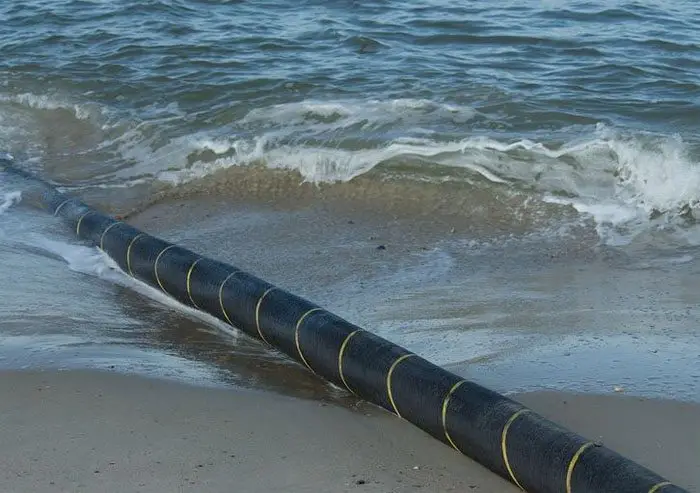A US $248.3m Greece-Crete subsea cable is set to be constructed in Greece. Nexans will design, manufacture and install the 335km high voltage direct current (HVDC) cable system for Ariadne Interconnection S.P.S.A, owned 100 percent by IPTO, Greece’s state grid operator.
The project
The cable will start from the Attica region on the Greek mainland to the Herakleion area in Crete. Over a 35-month project, Nexans will provide one 500MW HVDC subsea cable system to form half of the total 1,000MW bipole interconnection. The project will provide security of supply for the island and enables the transition from fossil fuel generation to renewable wind and solar energy resources.
The Nexans cable, rated at 500,000 Volt, is based on its well-proven mass impregnated nondraining (MIND) design for HVDC cable systems and will integrate fiber optic elements for sensor applications. The near-shore sections of the cable, to be installed at water depths down to 100 meters, will feature an aluminium conductor core with a cross-section of 1,800 mm². The deeper sections of the cable, installed at depths down to 1,200 meters, will feature a 1,500 mm² crosssection aluminium conductor. The cable will be protected by trenching into the seabed using the Nexans Capjet water jetting system down to 600 meters water depth.
Also Read: Plans in place to construct new subsea cable ‘2Africa’ for better connectivity
Crete is the largest of the Greek islands, with a population of around 700,000 people. It also attracts over 4 million visitors a year, mainly during the summer. The island currently relies mainly on out-dated fossil fuel generation. The new submarine cable interconnection will ensure that Crete has a reliable power supply essential for its future prosperity. The interconnection will also reduce emissions, making the island even more attractive to tourists, and also helping it to develop its own renewable energy resources by enabling excess generation to be exported back to the mainland.
The HVDC cable will be manufactured in the Nexans plant in Halden, Norway and/or the plant in Futtsu, Japan. It will be installed by one of Nexans’ own dedicated cable vessels – Nexans Skagerrak or new Nexans Aurora. The interconnection is scheduled to come on line in 2023.
